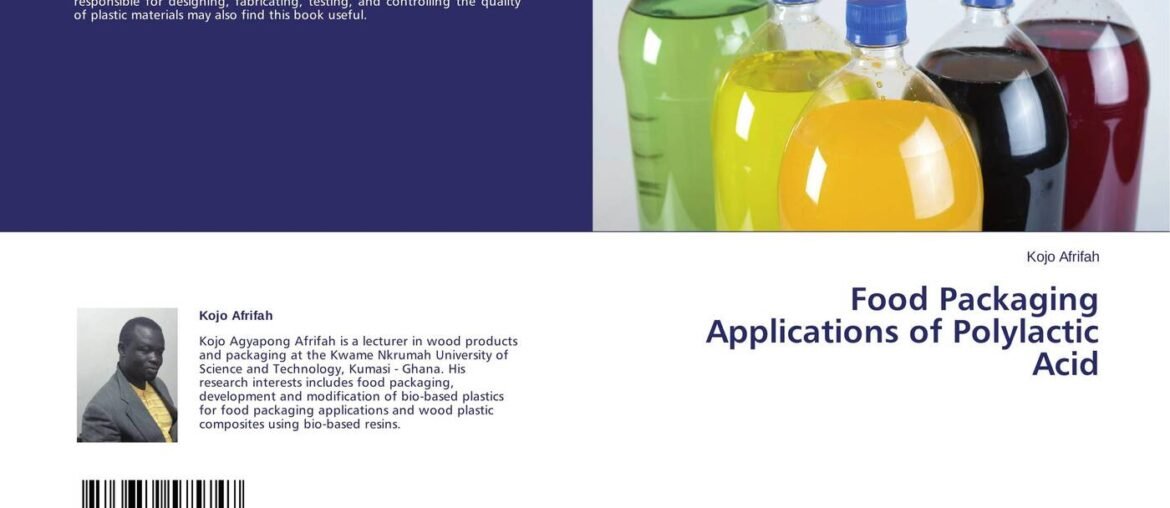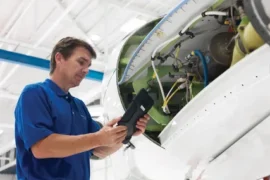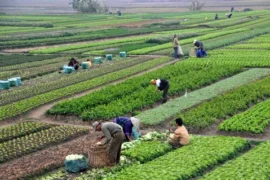In the pursuit of a more sustainable future, materials derived from renewable resources have garnered significant attention. One such material, Polylactic Acid (PLA), has risen to prominence due to its unique properties and wide-ranging applications. Known for being both biocompatible and environmentally friendly, PLA serves as a cornerstone for industries seeking to reduce their environmental impact.
This blog explores PLA’s origins, properties, applications, challenges, and future potential, demonstrating why it is heralded as the biocompatible solution from renewable resources.

What is Polylactic Acid (PLA)?
At its core, Polylactic Acid (PLA) is a thermoplastic polyester synthesized from renewable resources such as cornstarch, sugarcane, and other biomass. Unlike petroleum-based plastics, PLA is derived from natural sugars, making it a biodegradable and sustainable alternative. Its chemical structure is composed of repeating units of lactic acid, a substance found naturally in living organisms.
PLA is considered biocompatible, meaning it is non-toxic and can safely interact with living tissues. This property makes it invaluable in medical applications like sutures, implants, and drug delivery systems. Furthermore, PLA’s renewable resources origin ensures a lower carbon footprint during production, aligning with global efforts to combat environmental degradation.
Key Features of PLA
- Renewable Resource Origin: PLA is derived from plant-based sugars, making it a sustainable alternative to fossil fuel-derived plastics.
- Biodegradability: Under industrial composting conditions, PLA decomposes into water, carbon dioxide, and organic matter.
- Biocompatibility: PLA’s safety in medical and food applications sets it apart from other plastics.
- Versatility: From 3D printing filaments to food packaging, PLA’s applications span multiple industries.
By understanding these features, it’s clear why PLA has become a go-to solution for businesses striving for sustainability without compromising functionality.
The Manufacturing Process: From Renewable Resources to PLA
The production of Polylactic Acid begins with the fermentation of natural sugars extracted from renewable resources like corn or sugarcane. This fermentation process produces lactic acid, which is subsequently polymerized into PLA.
Step 1: Harvesting Renewable Resources
The first step involves growing crops such as corn, cassava, or sugar beets. These crops are processed to extract glucose, the primary building block for lactic acid production. By using renewable resources, the PLA production process significantly reduces reliance on non-renewable petroleum-based feedstocks.
Step 2: Fermentation and Polymerization
Once the glucose is extracted, it undergoes fermentation by specific bacteria to produce lactic acid. This lactic acid is then chemically or enzymatically polymerized into long chains, forming the biocompatible polymer PLA.
Step 3: Shaping and Application
After polymerization, PLA can be processed into pellets, filaments, or sheets. These forms serve as raw materials for a variety of applications, including 3D printing, medical devices, and biodegradable packaging.
This streamlined manufacturing process not only emphasizes sustainability but also positions PLA as a key material in the global shift toward greener technologies.
Applications of Polylactic Acid: Meeting Industry Demands
Thanks to its unique properties, Polylactic Acid (PLA) has found its way into numerous industries. Here are some of the most prominent applications that showcase its versatility:
1. Biodegradable Packaging
PLA’s biodegradability and safety make it an excellent choice for food and beverage packaging. Products like cups, containers, and cutlery made from PLA decompose naturally in industrial composting environments, reducing plastic waste in landfills.
- Benefits:
- Non-toxic and food-safe.
- Decomposes into harmless byproducts.
- Derived from renewable resources, contributing to a circular economy.
2. 3D Printing
PLA is one of the most popular materials in the 3D printing industry. Its low melting point, ease of use, and excellent surface finish make it ideal for hobbyists and professionals alike.
- Why PLA?
- Easy to print with minimal warping.
- Available in a wide range of colors.
- Derived from biocompatible materials, ensuring safety.
3. Medical Applications
In the healthcare industry, PLA’s biocompatible nature is highly valued. It is used for absorbable sutures, tissue engineering scaffolds, and controlled drug release systems. PLA degrades harmlessly within the body, making it suitable for temporary implants.
- Medical Advantages:
- Non-toxic to human tissues.
- Gradual degradation ensures controlled healing processes.
4. Agricultural Films
PLA is increasingly used to manufacture biodegradable agricultural films. These films help retain soil moisture and temperature while naturally decomposing after the growing season, eliminating the need for removal and disposal.
Each of these applications highlights PLA’s adaptability and its alignment with the principles of sustainability and environmental stewardship.
Challenges and Limitations of PLA
While Polylactic Acid (PLA) offers numerous benefits, it is not without its challenges. Understanding these limitations is essential for driving innovation and overcoming barriers to wider adoption.
1. Composting Requirements
Although PLA is biodegradable, it requires industrial composting conditions to decompose efficiently. Standard home composting setups may not reach the temperatures necessary for PLA breakdown, limiting its environmental impact in certain contexts.
2. Mechanical Properties
PLA is less heat-resistant and durable compared to traditional plastics like PET or ABS. This limits its use in high-temperature applications, such as hot beverage containers or automotive parts.
3. Feedstock Competition
Since PLA is derived from renewable resources like corn and sugarcane, its production may compete with food supply chains. As demand for PLA grows, careful resource management is essential to avoid unintended consequences such as higher food prices or deforestation.
4. Recycling Challenges
While PLA is technically recyclable, it requires separate processing from other plastics. Most recycling facilities are not equipped to handle PLA, leading to contamination of waste streams.
By addressing these challenges through innovation and policy measures, the full potential of PLA can be realized, further cementing its role as a biocompatible solution from renewable resources.
The Future of PLA: Toward a Greener Tomorrow
As industries increasingly prioritize sustainability, the future of Polylactic Acid (PLA) looks promising. Innovations in production techniques, enhanced mechanical properties, and improved waste management systems are poised to drive its growth.
Emerging Trends in PLA
- Advanced Biocomposites: Researchers are developing PLA-based composites reinforced with natural fibers to improve strength and durability.
- Chemical Recycling: New technologies aim to depolymerize PLA back into lactic acid, enabling a true circular economy.
- Second-Generation Feedstocks: Efforts are underway to utilize non-food biomass, such as agricultural waste, to produce PLA without competing with food supply chains.
Expanding Applications
As PLA evolves, its applications are expected to expand into areas like automotive components, electronics, and even aerospace. Its versatility and alignment with sustainable development goals make it a critical material for the future.
Policy and Consumer Awareness
Government policies encouraging the use of biodegradable materials, coupled with increased consumer demand for eco-friendly products, are driving the adoption of PLA on a global scale. By fostering collaboration between stakeholders, the environmental benefits of PLA can be maximized.
Conclusion
Polylactic Acid (PLA) represents a significant step forward in the journey toward sustainable materials. Its biocompatible properties, coupled with its origin from renewable resources, make it an ideal solution for addressing the environmental challenges of traditional plastics. From medical applications to 3D printing and biodegradable packaging, PLA’s versatility underscores its potential to transform industries.
However, realizing the full promise of PLA requires overcoming challenges such as composting limitations and resource competition. With continued innovation, collaboration, and consumer support, PLA has the potential to lead the way in creating a more sustainable future.
What do you think about the role of Polylactic Acid (PLA) in promoting sustainability? Share your thoughts, experiences, or questions in the comments below!





